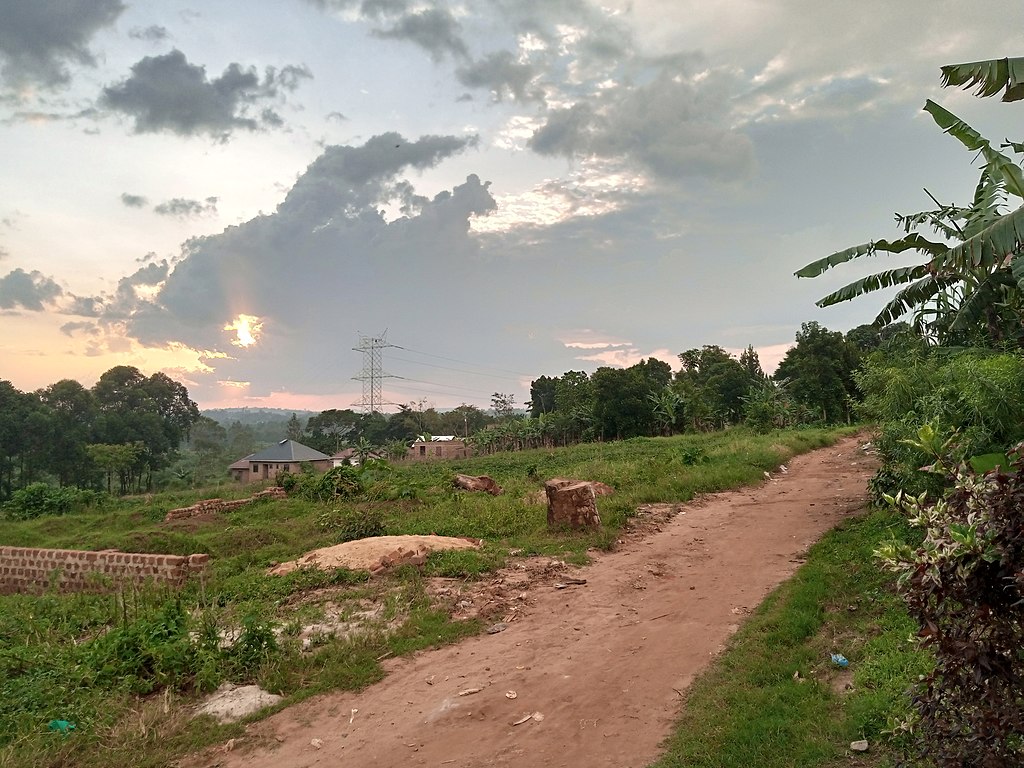It has become difficult to differentiate rural and urban areas in developed countries.
As rural areas advance the gap between the two is shrinking. There’s no clear cut distinction of where rural ends and begin.
In developing countries, however, there’s still a more vivid distinction between rural and urban. Thatched houses and primary activities are still common.
In Zimbabwe areas like Chitungwiza and Norton are not considered rural anymore as they offer similar functions as urban areas. However, they’re serving more as dormitory towns as more people travel to work in Harare.
Urban Functions
- Administration
- Retail & wholesale
- Industrial
- Residential houses
- State buildings- Parliament, State house
- Banking and Finance
- Route focus – Many roads and railways from different places pass along
- Trade center
- Religion
- Resort
Rural Functions
- Mainly primary activities; agriculture, mining, fishing.
- Dormitory – Used to accommodate people working in nearby urban areas, e.g Norton, Chitungwiza
- Military stronghold – Used as regrouping areas in times of wars
- Route focus
- Trade center
A dormitory or satellite town is a town near an urban area used as a means of commuting from and to the city
Rural Characteristics

- Ageing population; 65 and above
- Dispersed and isolated settlements
- Primary activities
- Dust roads (especially in LEDCs)
- Thatched houses
- More traditional way of living
Urban Characteristics
- Service provisions; hospitals, schools, banks
- High rise buildings
- Working population (economically active and school going population)
- Nucleated and Linear settlements